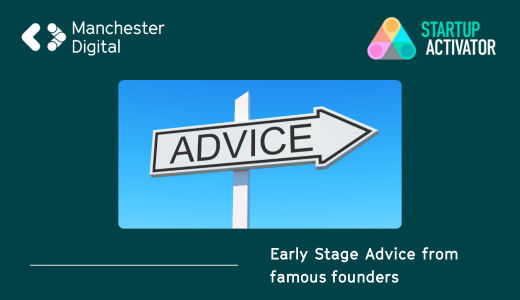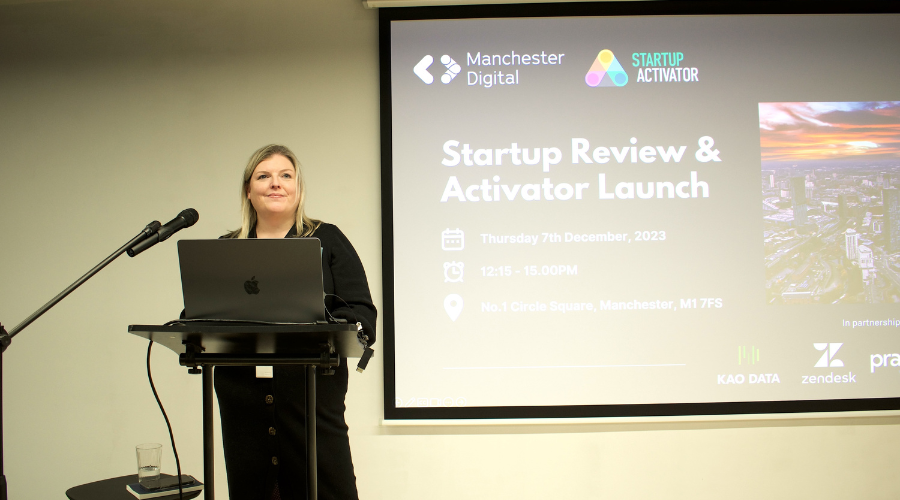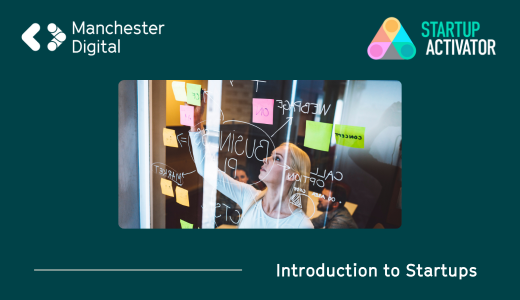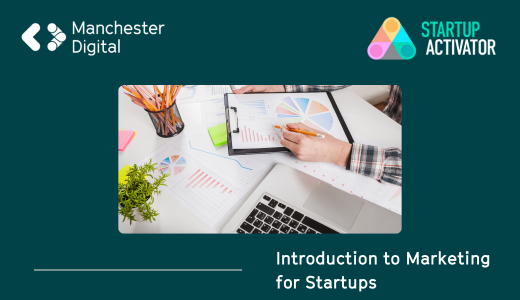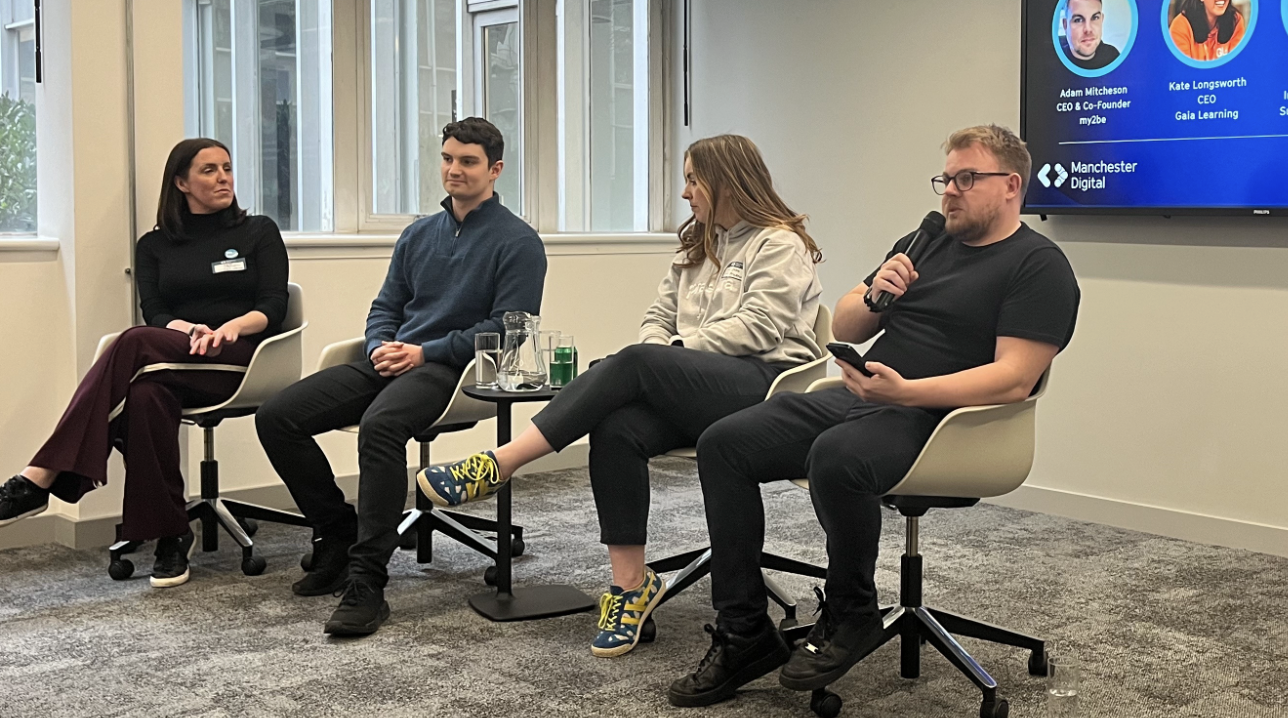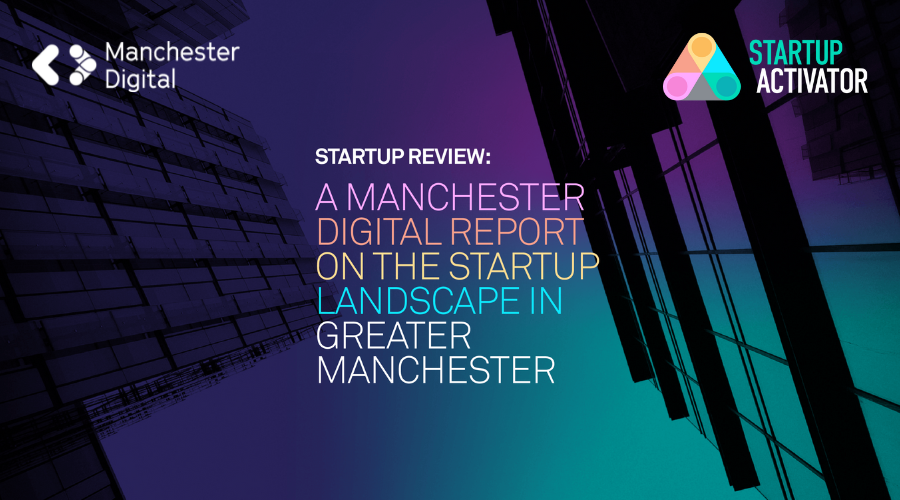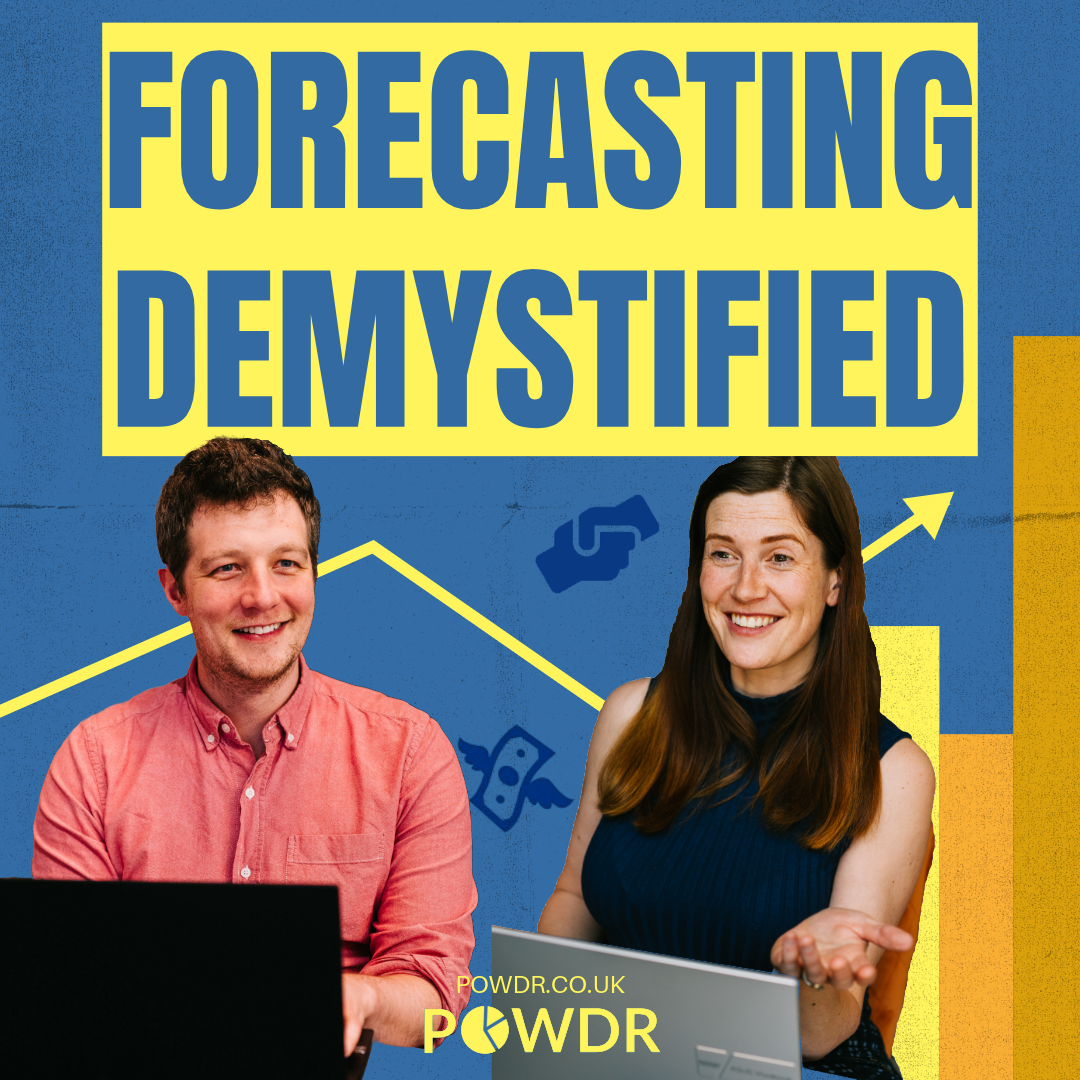
From Idea to Early Traction
Having an idea for a business can be exciting, but then to take that idea and turn it into a reality can be daunting, with knowing where to start often being one of the biggest hurdles that entrepreneurs will face. One thing I’ve learnt is that the best entrepreneurs are resourceful, making the most of what is at their disposal in order to make something happen.
Belief in your idea is a great asset to have, but you need much more than this to create a real business, you need traction. Traction is a word commonly associated with startups, and can mean different things to different products or companies. Traction in any format essentially demonstrates that people want to use and/or buy your product, and keep using it. The world-renowned startup Accelerator, Y Combinator preaches the advice from its former President, and now CEO of OpenAI, Sam Altman, “build something people want”. This is hugely important, because anecdotal evidence of people saying they like it or would try it is not enough. You need sales, pre-orders, sign ups etc. to demonstrate that what you are going to build and quite probably dedicated years if not decades of your life to, is worthwhile.
So, how do you validate your idea? The first thing to do is to ‘go to where your customers are’. This involves thoroughly researching your target audience and market to determine whether there's demand for your product or service. Go where they are and speak to them directly. This, along with market research, surveys, and competitor analysis can help you gauge interest and assess the viability of your idea. The best founders will often speak directly to >100 potential customers before even beginning to build their product.
Idea Validation
The next step is to turn these prospects into users/customers. Acquiring your first customers or users is a pivotal moment for any startup. You can start by building a small group of early adopters who are genuinely interested in your solution. Offer them incentives, gather feedback, and refine your product based on their input. These early adopters can become advocates and help you spread the word. A great example of this is Dropbox, where with each referral, you were allocated more space as a reward, encouraging you to share with friends, family, colleagues, whilst also using the product more yourself.
Building a Team
Founding and early teams are crucial for any startup. You will often find yourself doing various jobs rather than just one and I’d encourage anyone to seek co-founders that share their vision and have the appetite to go the distance. Whilst there is nothing wrong with being a solo founder, it is that much harder. Co-founders not only act as another pair of hands, they may have completely different skill sets and act as sounding boards, sharing the load as you grow. As the team begins to grow, it’s crucial to hire the right people. Culture fit as well as skills is paramount to any startup succeeding.
Building an MVP ( Minimal Viable Product)
Once you have demonstrated the demand for your product/solution, you will need something tangible for users/customers to experience and pay for. In most (nearly all) cases, you can’t launch perfect! As Reid Hoffman once said,”If you’re not embarrassed by your first launch, you’ve launched too late”. Whilst this certainly applies to software, it can apply to most products. The reasoning here is, products evolve as soon as people start to use them, and your users/customers are the best feedback loop you can ask for. An MVP is the minimum version of your solution, taking the minimal tools that make it function, to solve the problem before further developing additional features and products.
Target Audience and Market
Identify your target audience and market segments with precision. Understanding your customers' pain points, preferences, and behaviours will enable you to tailor your product and marketing efforts effectively. Use data and analytics to refine your strategy and reach the right people. You may have multiple users/buyers, but building typical personas of your target audience and market will allow you to narrow the focus, allowing you to tap into the pain point that your solution provides.
Product Positioning
Establish a unique value proposition and position your product in the market. Clearly communicate how your solution solves a specific problem better than competitors. Create a compelling brand story and messaging that resonates with your target audience. How customers see and perceive your product/brand is crucial. They must trust that you have something others cannot offer and is the right solution for them.
Funding and Investment
Securing funding is often a critical step in scaling a startup. However, funding is often given far too much focus in early stage companies. Fundraising is a tool to help you grow, not simply to survive. The more you can achieve without external funding, the better chance you will have of securing funding when you have or want to. There are many different ways of funding, and the right capital varies, depending on your stage of business. Examples, such as bootstrapping, angel investors, venture capital, or crowdfunding are common for startups. Investment, investor readiness, pitching, and pitch decks will be covered as part of the Startup Activator Program.
Marketing and Growth Strategies
Develop a comprehensive marketing strategy to reach your target audience and drive growth. Utilize digital marketing, content marketing, social media, and SEO to build brand awareness and attract customers. Analyze metrics to measure the effectiveness of your marketing efforts and adjust your strategy accordingly. The more you can learn organically yourself before investing in marketing, the better. You don’t want to blow the budget on the wrong marketing for your business.
Pitching and Storytelling
Storytelling is one of the most powerful skills of any entrepreneur. Steve Jobs and Brian Chesky are two of the best entrepreneurial storytellers ever, and this skill went a long way to build Apple and Aribnb. This skill not only helps to compel investors, but also (and more importantly) customers, users, and your team. Pitching is something that gets easier the more you do it. Effectively telling your story/product/solution in a single sentence and elevator pitch helps people to understand your solution quickly. Craft a compelling narrative that highlights the problem you're solving, the market opportunity, your unique solution, and the potential for growth. Practice your pitch until it's polished and engaging.
One more thing…
Taking a startup from idea to early traction is a challenging but rewarding journey. By following these key steps and strategies, you can increase your chances of success. Remember that entrepreneurship is a dynamic process, and flexibility and adaptability are key qualities for any startup founder. Stay committed, continue learning, and embrace change as you work towards building a successful and sustainable business.
To learn more about the subjects mentioned in this blog, sign up to the Startup Activator Program where we will be sharing more exclusive content, workshops, and events.
